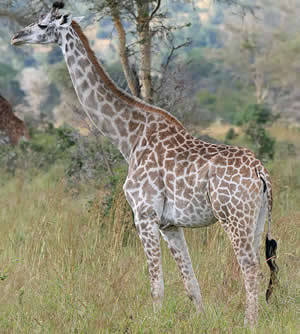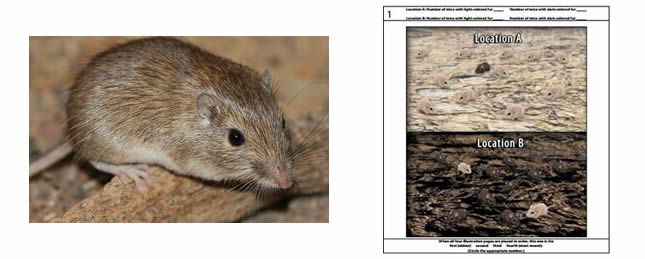Most evolution units start with a history of evolutionary thought, where scientists of the past, like Darwin, Linnaeus, Larmarke, and Wallace, are discussed with regard to their contributions to evolutionary theory. If you’re not careful, you can end up spending too much time on the history, talking about the Voyage of the Beagle and the animals and plants of the Galapagos Islands.

With an advanced (AP) biology class, most of the students are aware of the history of evolution. You can even do a little formative assessment and ask them trivia questions about Darwin. You’ll find that most of them can even name the ship he traveled on. (Why that sticks in their brain is anyone’s guess.)
This year, I tried a different approach to teaching evolution that focused on animal models that showcase our historical and modern understanding of evolution. This approach touched all of the major ideas of evolution required for the Advanced Placement curriculum, but did not organize it into linear chapters. Instead, daily lessons focused on each of the following animals, and included specific terms and concepts that were covered in chapters.
- Giraffes
- Finches
- Dogs
- Clover
- Rock Pocket Mouse
- Stickleback fish
- Tiktaalik fish
- Head lice
For example, the rock pocket mouse lesson shows that evolution isn’t just something that happened in the past, but is ongoing and dynamic, and is directly measurable. Students analyze rock pocket mice photos to see how coloration differs depending on environment, much like Kettlewell’s historic research on peppered moths. The analysis even goes farther to discuss how single mutations in genes can result in a change in color, and that those mutations are random, though selection is not random. The lesson includes a short video and an activity where students determine the sequence of events that occurred in two locations where the mice lived. Terms like polymorphism, mutation, speciation, and genetic mutation are included in this lesson.

Students also looked at stickleback fish to show how changes in morphology occur in fish that have been trapped in glacier lakes compared to their relatives in the ocean. A virtual lab requires students to sort the fish into armored (spiny) groups and unarmored groups. Natural selection occurs in response to the type of predators present in each of the fish’s environment. Here students are introduced to terms like sampling error and selective pressure and get a sense of what it is like to actually study populations to determine if change has taken place. Though this activity is similar to the rock pocket mice, it does have new elements and students can compare and contrast the two populations.
[adinserter block=”1″] The unit also included a lesson on the origin of dogs and how artificial selection resulted in the breeds of dogs we see today. Students really enjoy talking about their favorite dog breeds and it is easy to relate artificial selection to natural selection. Students watched clips from the video: “Meet the Coywolf” and “Dogs Decoded.” This is also a good place to discuss what makes a species and how isolating mechanisms usually prevent breeding between individuals from two different species. If you haven’t already covered taxonomy, you can spend time talking about clades and binomial nomenclature.
All in all, I didn’t veer far from a traditional course on evolution, I just flipped the presentation slightly. Instead of showing a chapter outline that included artificial selection and used dogs as an example. I started with the example of dogs and learning was built on that central theme. Additional animal models I used during this unit can be found on this page as well as more details about the concepts included with each lesson/model.

